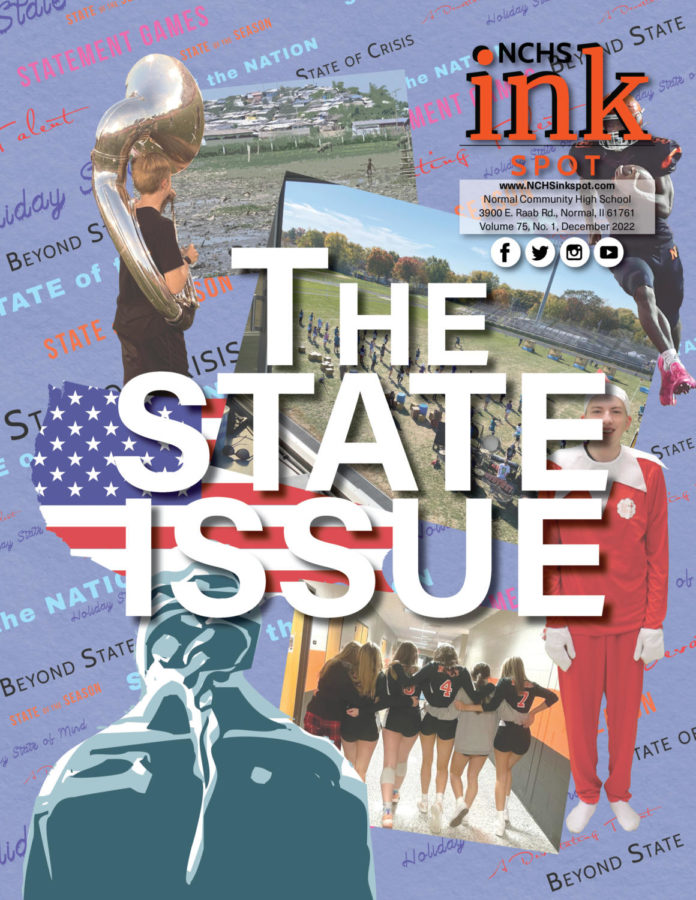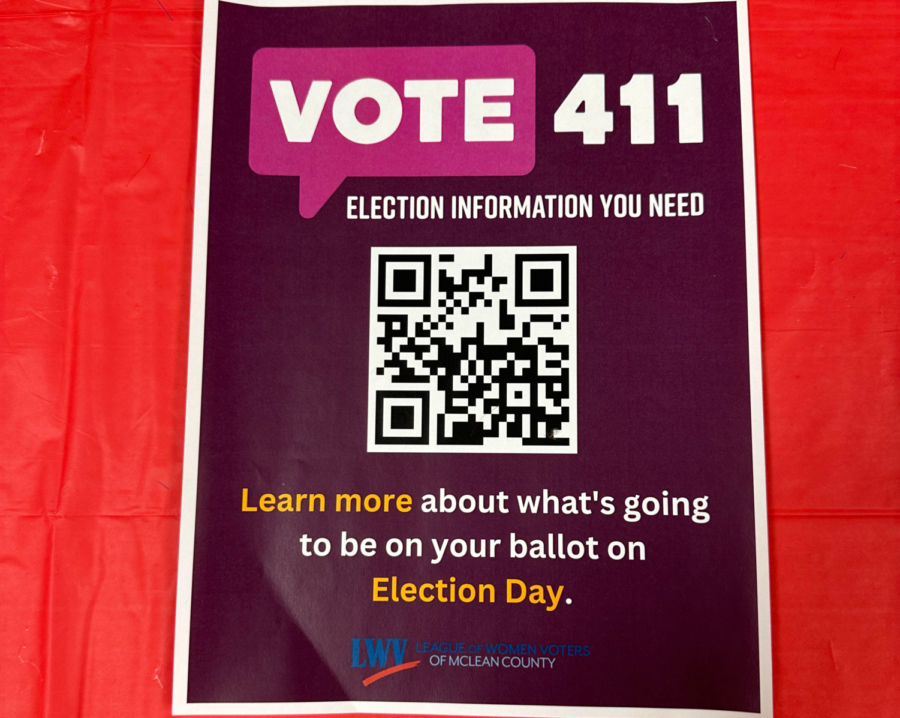Community held its second voter registration drive of the school year March 3. The event, organized by Ms. LaTishia Baker, registered 13 students in-person and several others virtually ahead of April 4’s Consolidate Municipal Elections.
Baker first organized a student voter registration drive in 2001; as a third-year educator teaching civic duty to her social studies classes, Baker said she quickly realized her students lacked “exposure” to politics.
As a child, Baker regularly accompanied her parents to the ballot box, exposure she attributes to her enthusiasm for the political process.
Voting, Baker said, has “always been a part of my narrative.” Through the registration drives, Baker hopes “to make it a part of students’ narratives.”
While voter turnout among 18-24-year-olds—the demographic designated the “youth vote”—has risen substantially since the 2016 election, America’s youngest voters still consistently underperform compared to other age groups.
The demographic’s voter apathy, Baker said, is because students “don’t [always] know the issues or how they impact them.”
In local elections—where overall voter turnout is even lower—the trend of youth voter apathy is only exacerbated.
In spite of the fact, Baker said, that voting in local elections can have a much more direct impact.
That impact—effecting local change—is why senior Karthika Nair plans to cast her second ballot in the County’s April elections.
As her family’s first eligible voter, Nair “was really excited to take advantage of the opportunity” to participate in her first election—November’s midterms, after registering during Community’s first-semester drive.
While Nair never accompanied a family member to the ballot box—neither of her parents are U.S. citizens—there was a familial focus on politics in the Nair household, current events a frequent topic of discussion for the family.
But Nair recognizes her excitement to vote isn’t shared by the majority of her peers.
“I think a lot of people feel like [voting] isn’t worth it,” Nair said, “especially in our national elections.
“But…as small as your vote feels on a national level, your vote is that much bigger on the local level.”
Voters who only cast ballots in national elections are less likely to see the direct consequences of their political participation in their communities, leaving them frustrated with the system as a whole.
This “disenchantment,” Baker said, with civic engagement and political participation is “particularly troubling.”
At the local level, Baker says, youth voters can sometimes be “desensitized to things that are going on around them.” Unaware of the issues until they are “upset with the outcome.”
Eligible voters are not only desensitized but also distracted, Nair thinks.
“I feel like there’s so much to get caught up in social media and all of that, that we forget what’s really important,” Nair said, “which are our local elections, what’s happening here at home.”
“So now,” during local elections, Baker said, ”here’s your opportunity to bring about change.”
That opportunity to influence policy at a local level encouraged Megan Metz (’23) to register to vote—something she doesn’t think would have happened without the school’s drive.
“I made sure to register [at school] because I knew I probably wasn’t going to if I didn’t take the easy opportunity that they [had],” Metz said.
Participating in the drive encouraged Metz to learn more about the upcoming election, the issues and candidates, she said, allowing her to realize the impact local elections—specifically city council and school board seats—could have.
Realizing that impact, Metz said, further strengthened her motivation to vote.
The focus of the drives, Baker said, is to encourage political participation.
“There’s no electioneering encouraging [students] to vote in any particular manner,” Baker said, “but just to use their constitutional right to vote.”
With that right comes a responsibility, Nair said.
“It’s more than just checking [something] off on the ballot,” Nair said. “It’s a responsibility to [make] sure your opinion is heard and that you’re getting other young people involved.”
As the co-President of Community’s Inclusive Education Coalition—a student-led initiative promoting diversity and inclusion in Unit 5—Nair organized a candidate meet-and-greet with those running to represent Bloomington Normal in Illinois’ State House.
Ahead of the County elections, Nair said, the Inclusive Education Coalition’s focus is encouraging students to follow the district’s proposed tax referendum, which could dramatically impact Unit 5 students in the coming years.
Through these initiatives, Nair hopes to bring greater focus to the consequences of local politics amongst her peers.
“Even though no one really talks about it,” Nair said, “[local elections] are what really impact our daily lives.”
Illinois voters may register in-person on election day at their polling place (with 2 forms of ID, one including a home address).


![Community honors longtime coach Mr. Bryan Thomas before Oct. 3 game [photo gallery]](https://nchsinkspot.com/wp-content/uploads/2025/10/Thomas-6-1200x1200.jpg)
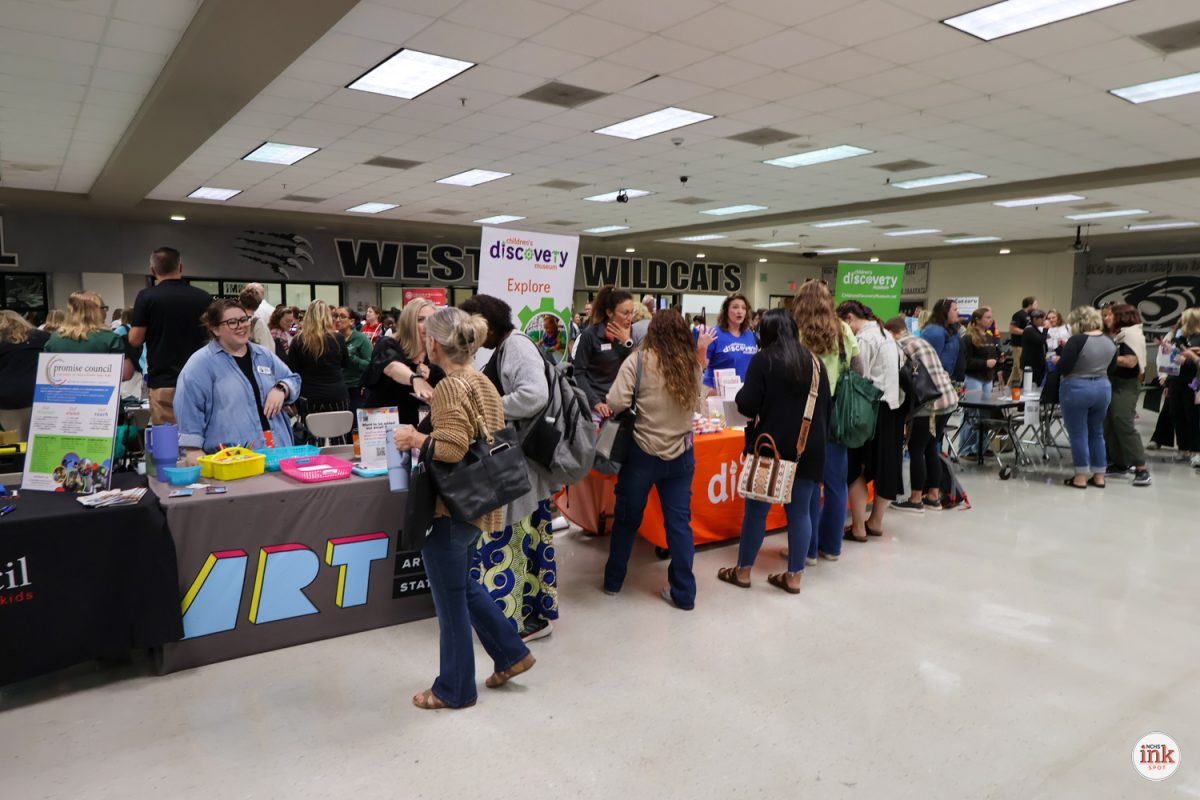

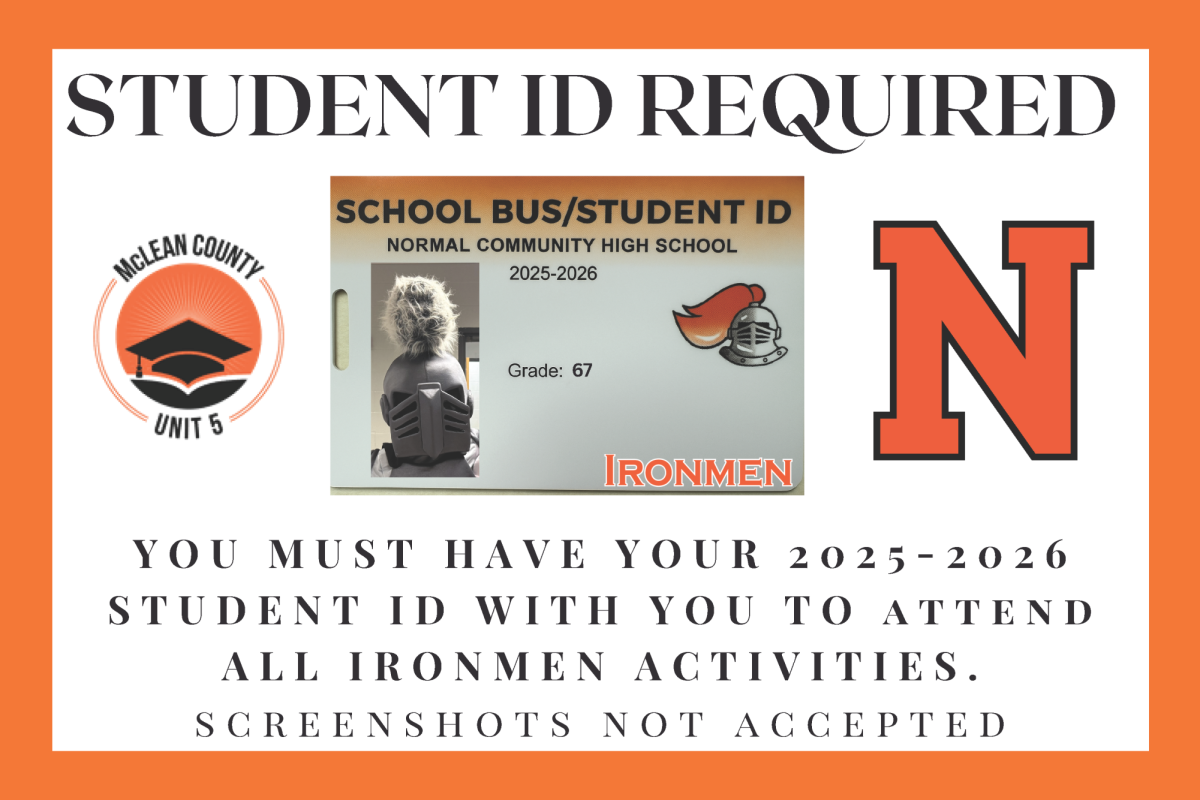








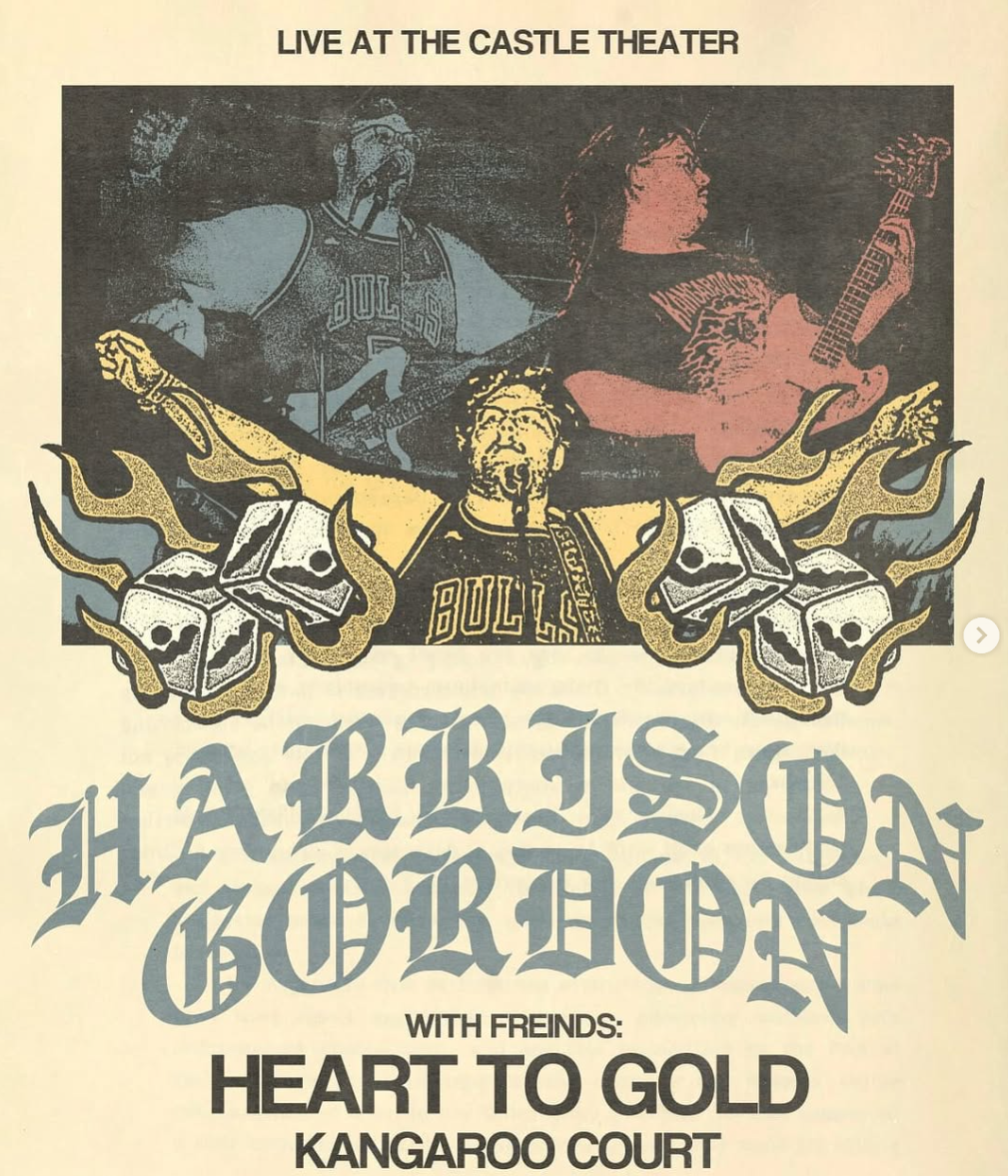









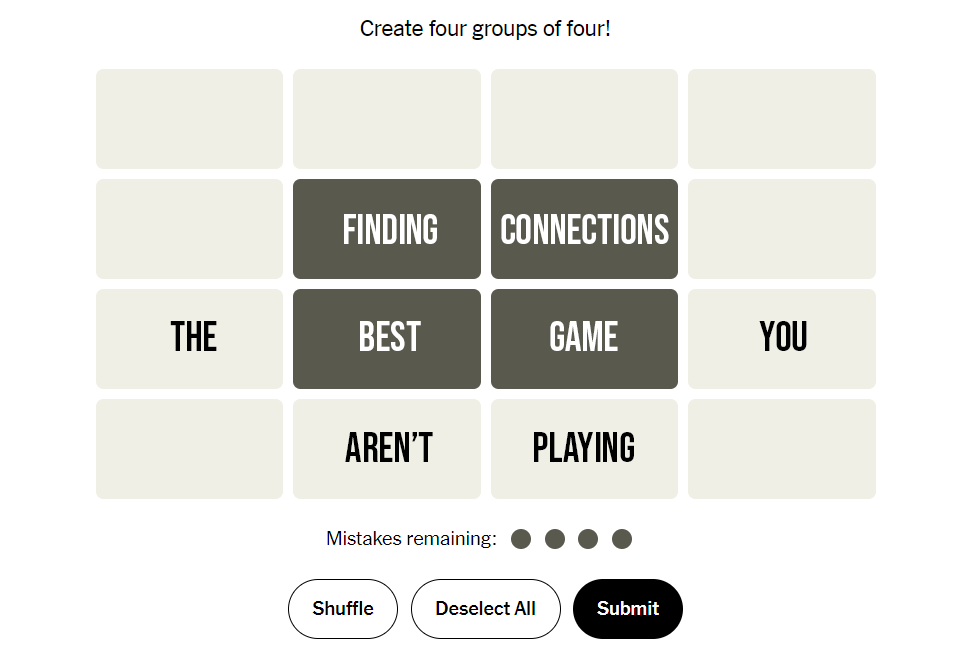


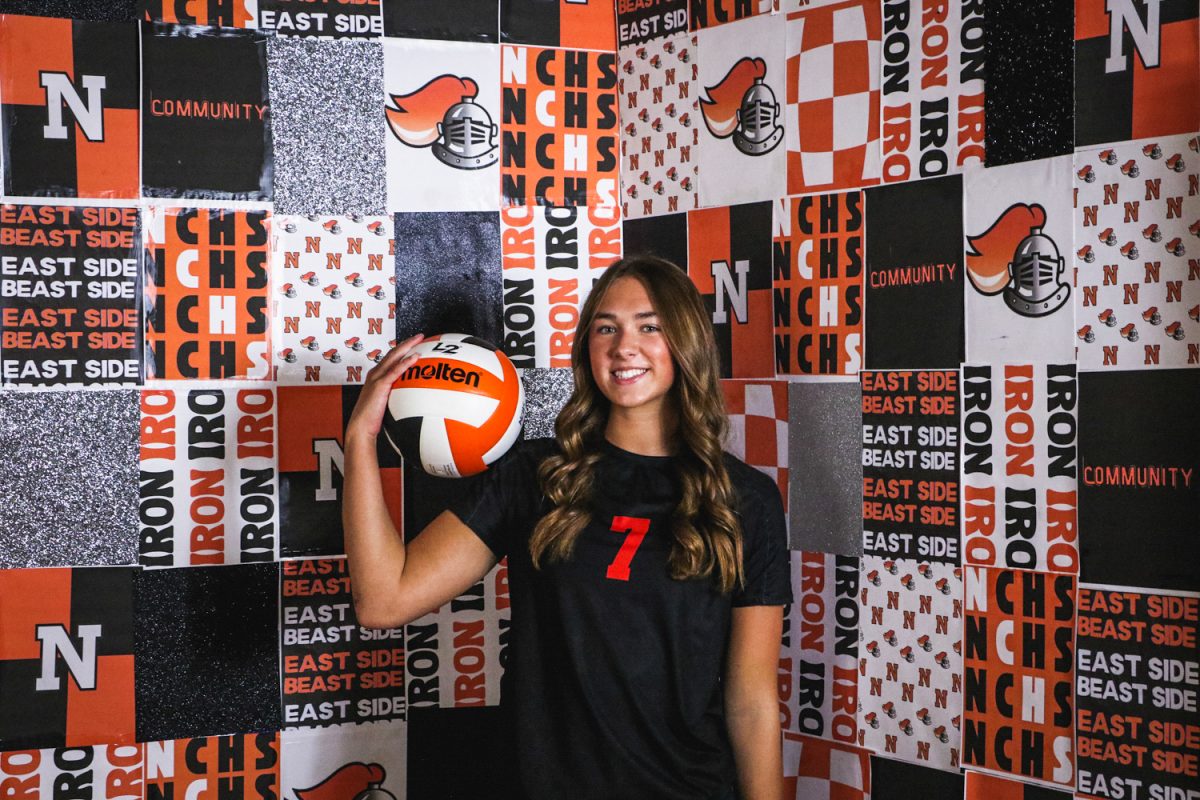

![Week 7: Coach Drengwitz recaps the Ironmen’s win over Bloomington, talks Danville [video]](https://nchsinkspot.com/wp-content/uploads/2025/10/Vikings-feature-Image-1200x675.png)
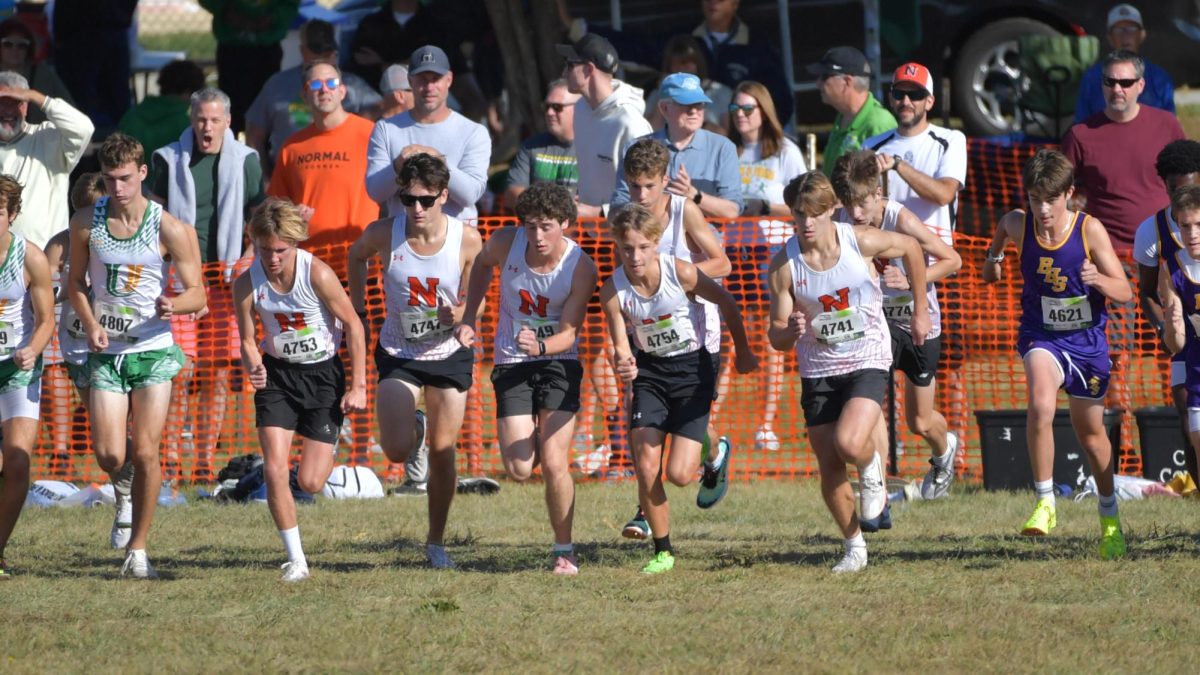

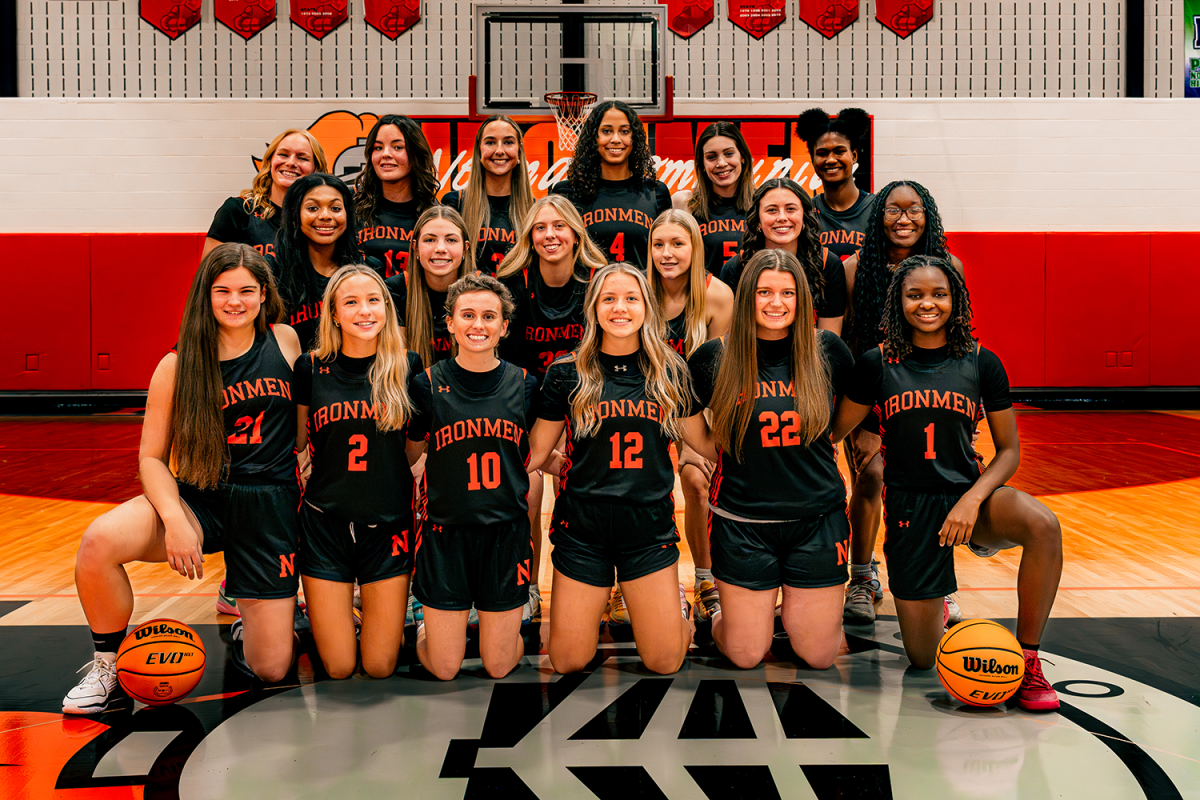
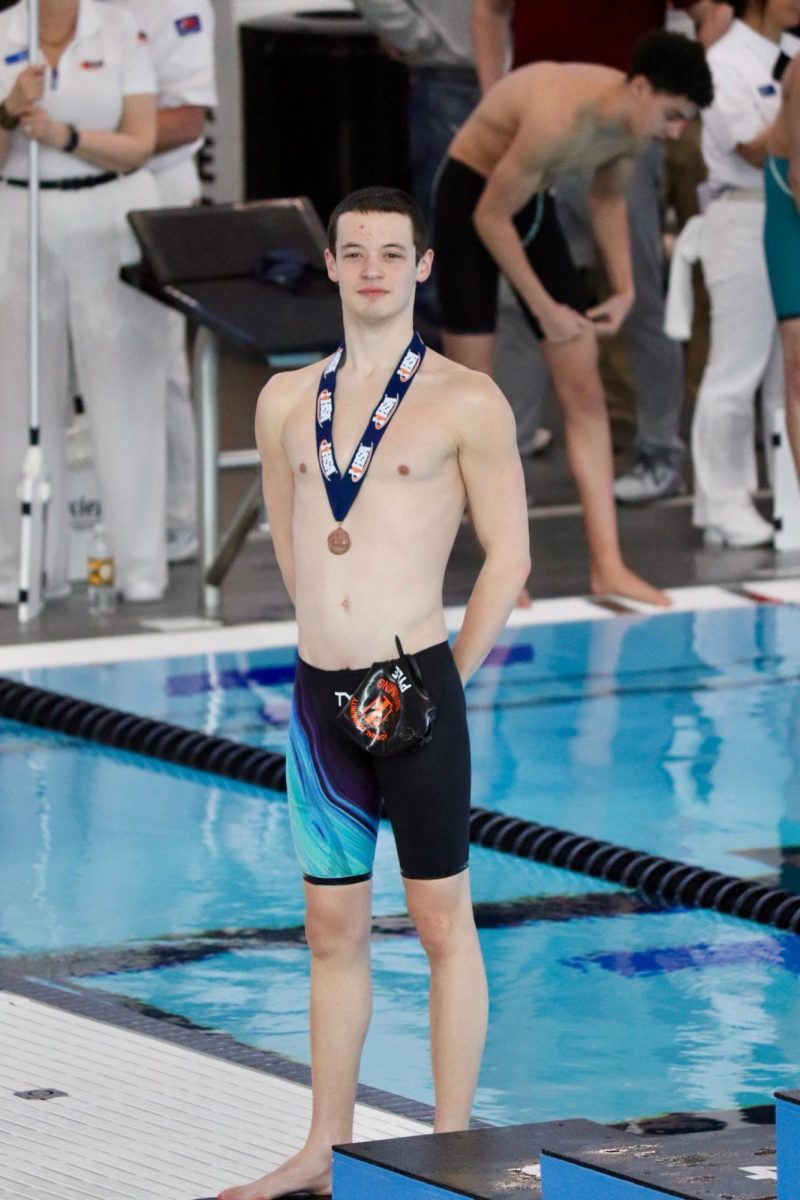

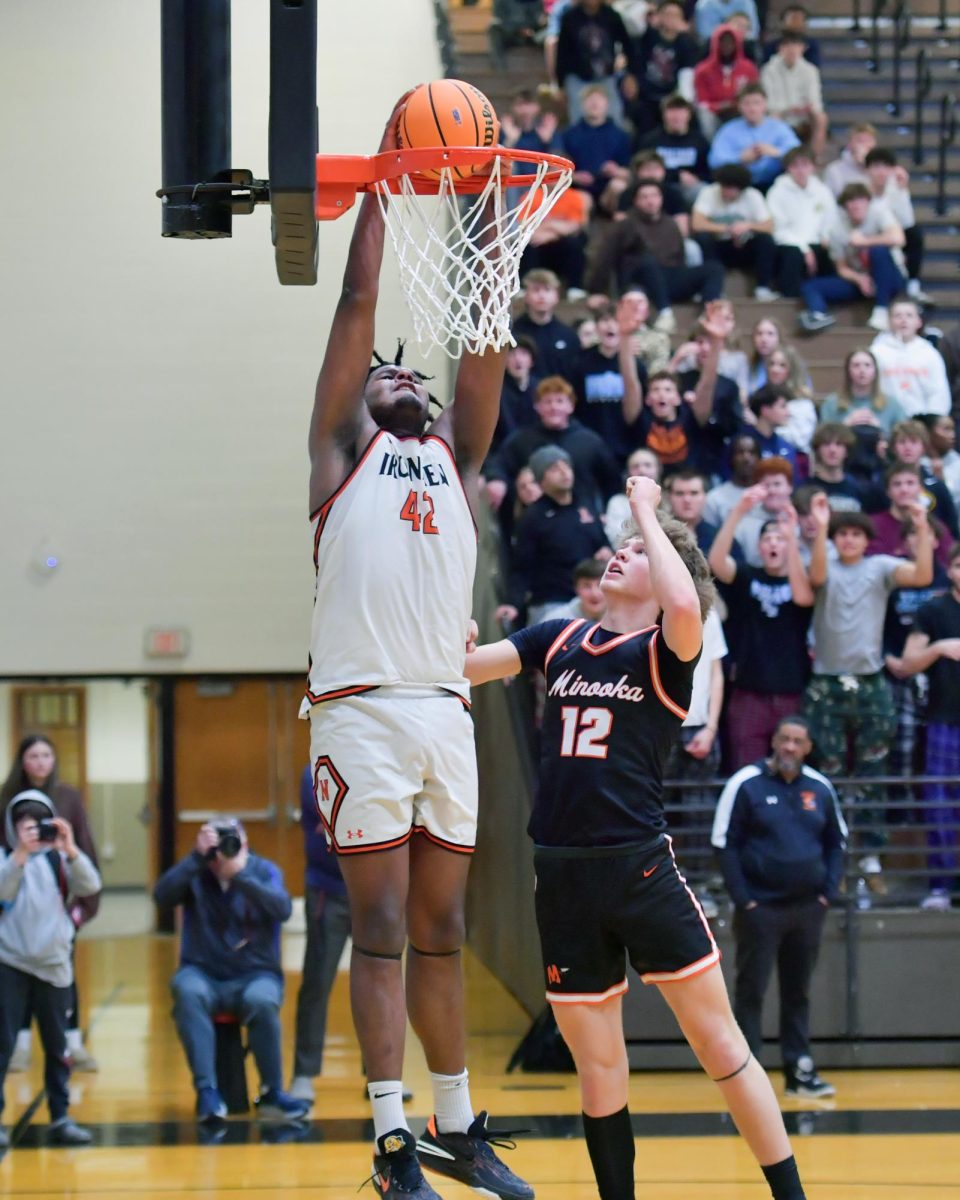
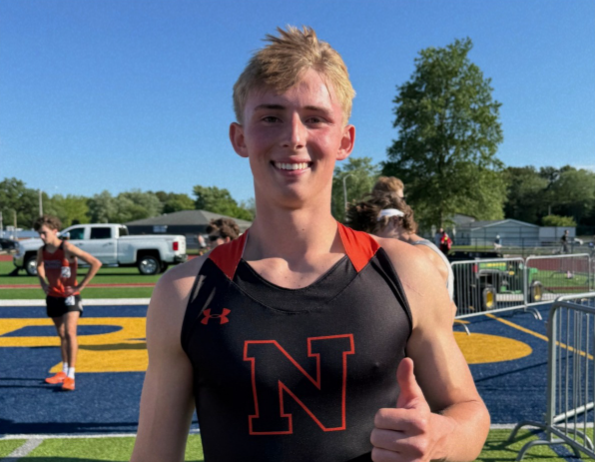
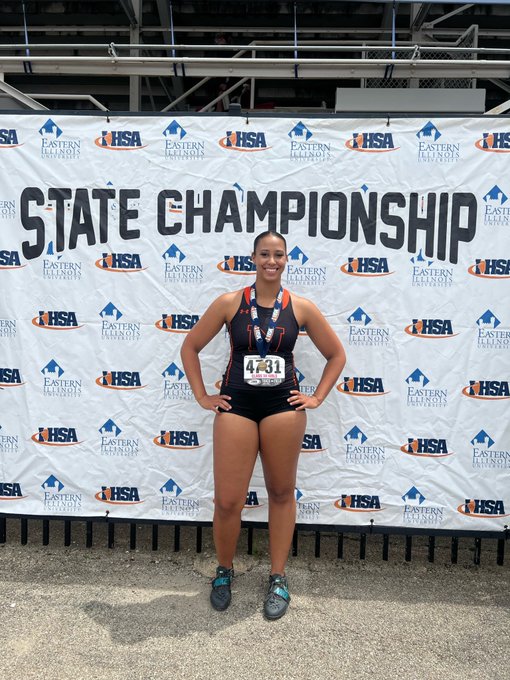
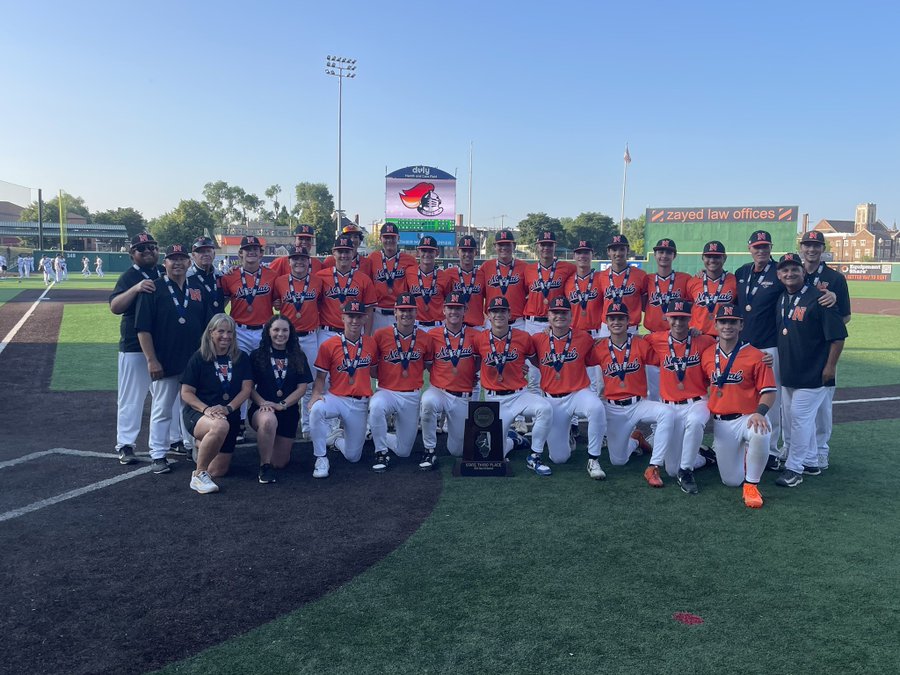

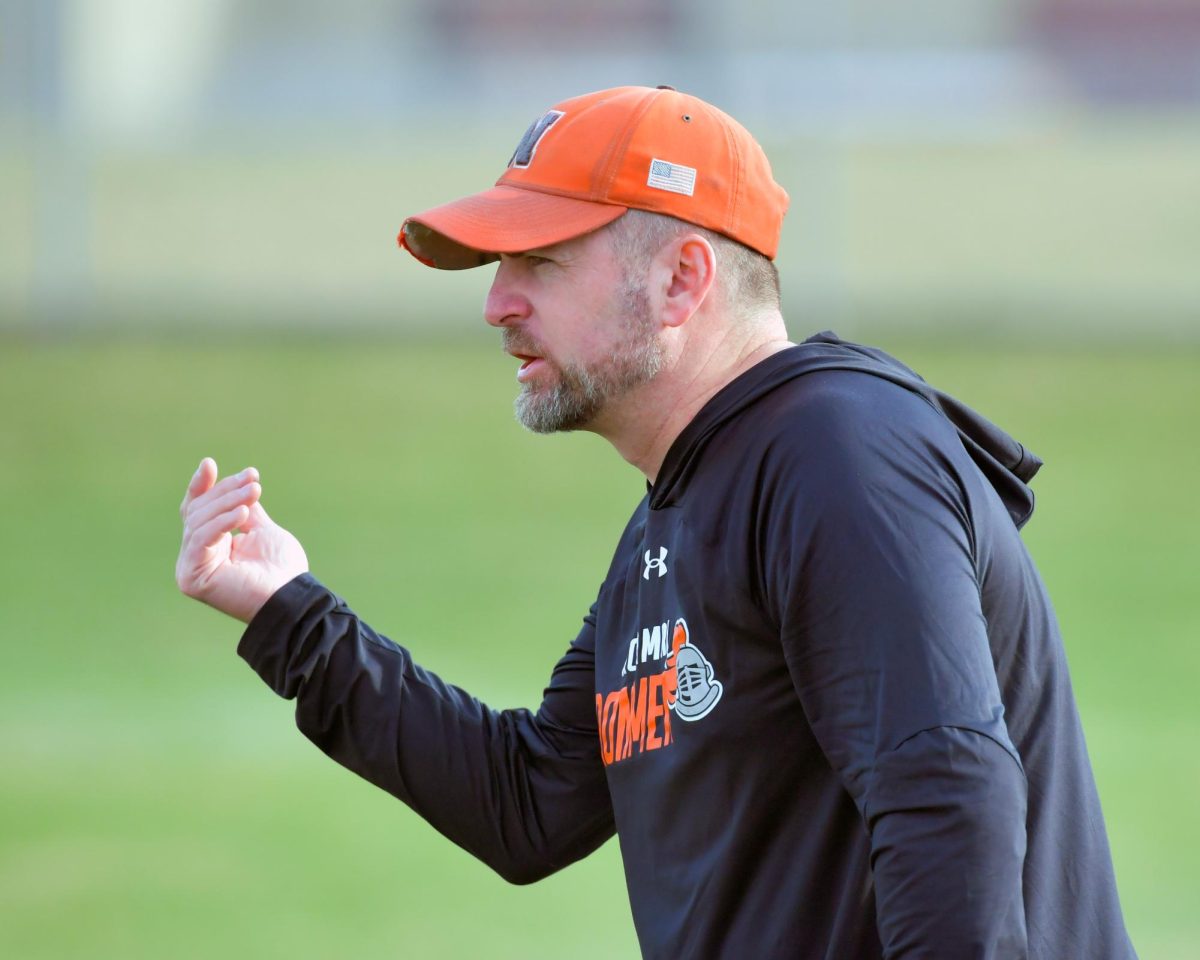

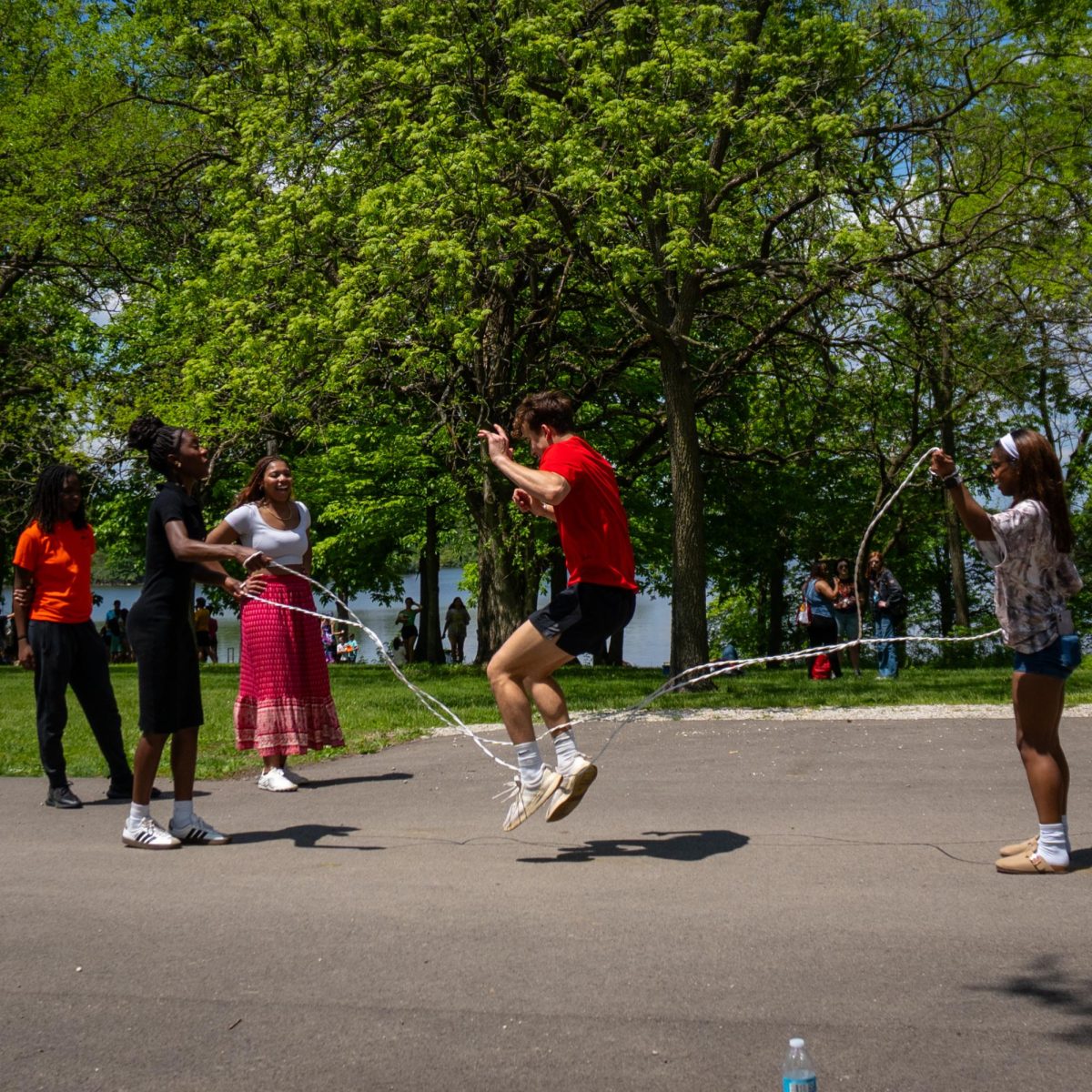
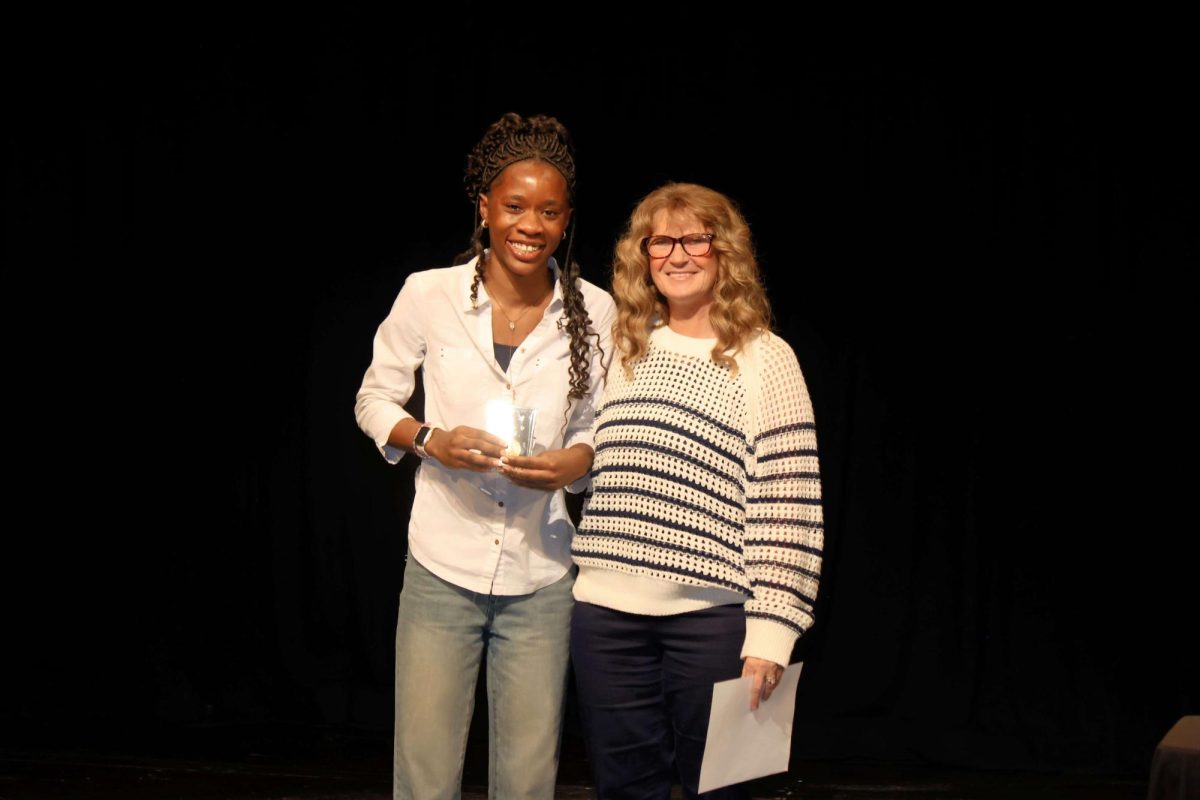

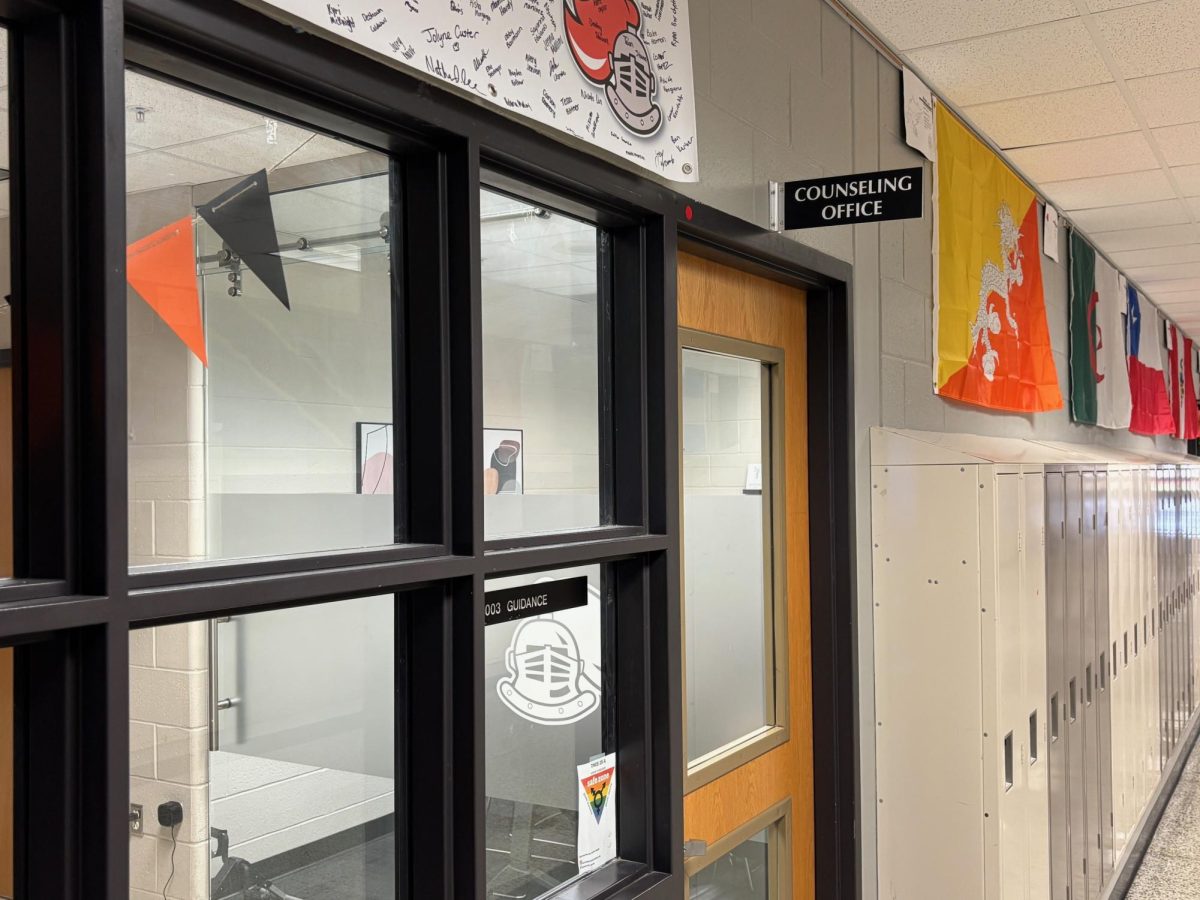
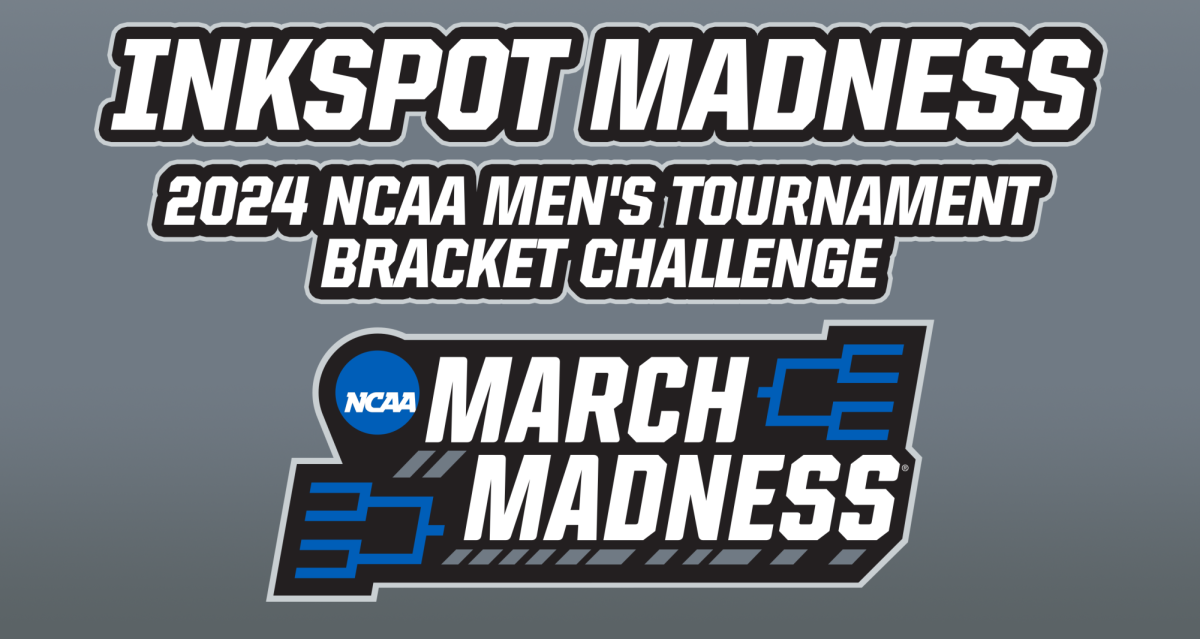
![Halloween candy cross section quiz [quiz]](https://nchsinkspot.com/wp-content/uploads/2022/10/Candy-cover-big-900x675.png)
![Average Jonah? [quiz]](https://nchsinkspot.com/wp-content/uploads/2022/05/average-jonah-900x600.png)


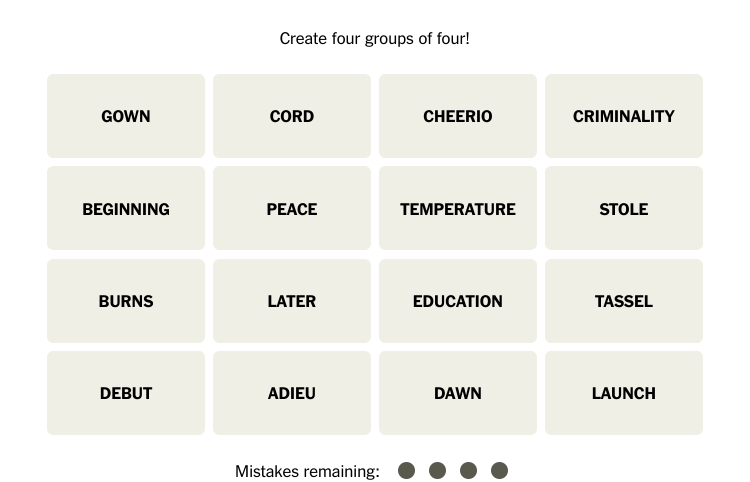
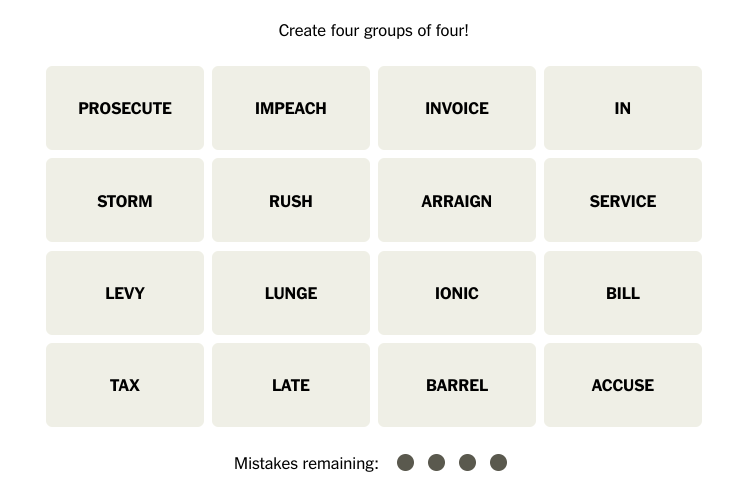
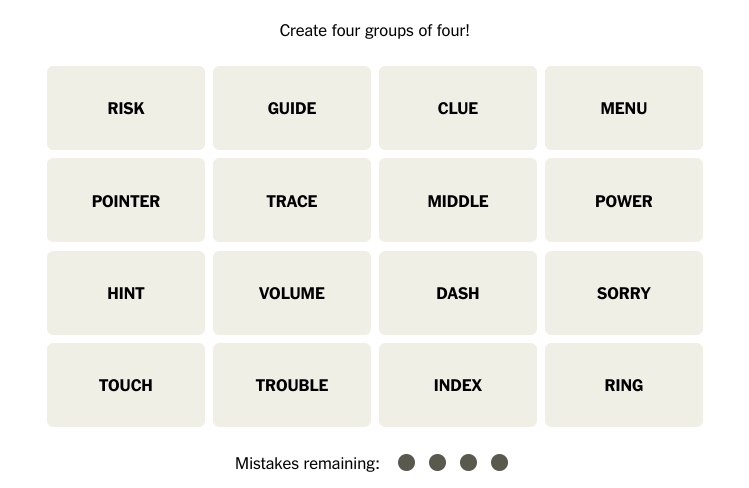
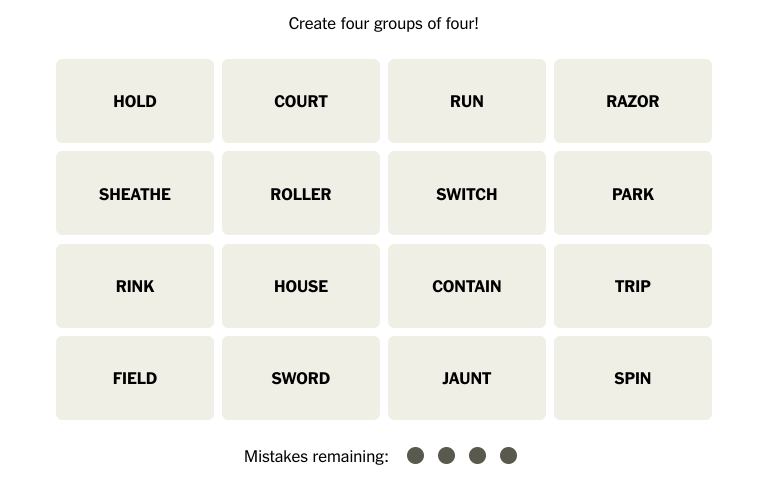

![[Photo Illustration]](https://nchsinkspot.com/wp-content/uploads/2025/09/trigger-words.png)










![Week 5: Coach Drengwitz previews the Ironmen’s matchup vs. Peoria Manual, recaps Week 4 [video]](https://nchsinkspot.com/wp-content/uploads/2025/09/Week-5-v-Rams-1200x675.png)

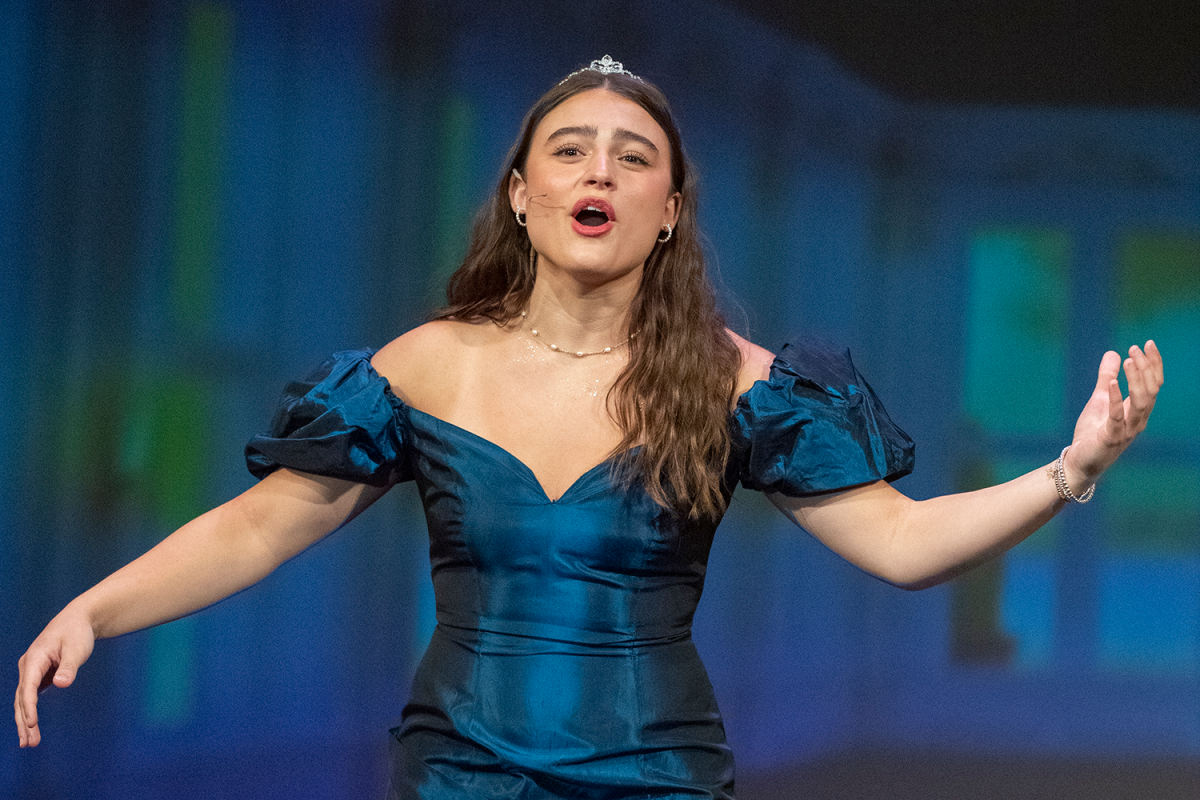



![Postgame reaction: Coach Drengwitz on Community’s 28-17 Loss to Kankakee [video]](https://nchsinkspot.com/wp-content/uploads/2025/09/Week-4-postgame--1200x675.png)
![Week 4: Coach Drengwitz previews the Ironmen’s matchup vs. Kankakee [video]](https://nchsinkspot.com/wp-content/uploads/2025/09/Ironmen-v-Kankakee-video-1200x1200.png)
![On the Spot: This or That – Halloween [video]](https://nchsinkspot.com/wp-content/uploads/2024/10/tot-Halloween-YT-1200x675.png)
![On the Spot: This or That – Fall favorites [video]](https://nchsinkspot.com/wp-content/uploads/2024/10/ots-fall-web-1200x800.png)
![On the Spot – Teachers tested on 2023’s hottest words [video]](https://nchsinkspot.com/wp-content/uploads/2024/01/On-the-Spot-Teachers-tested-1200x675.png)


